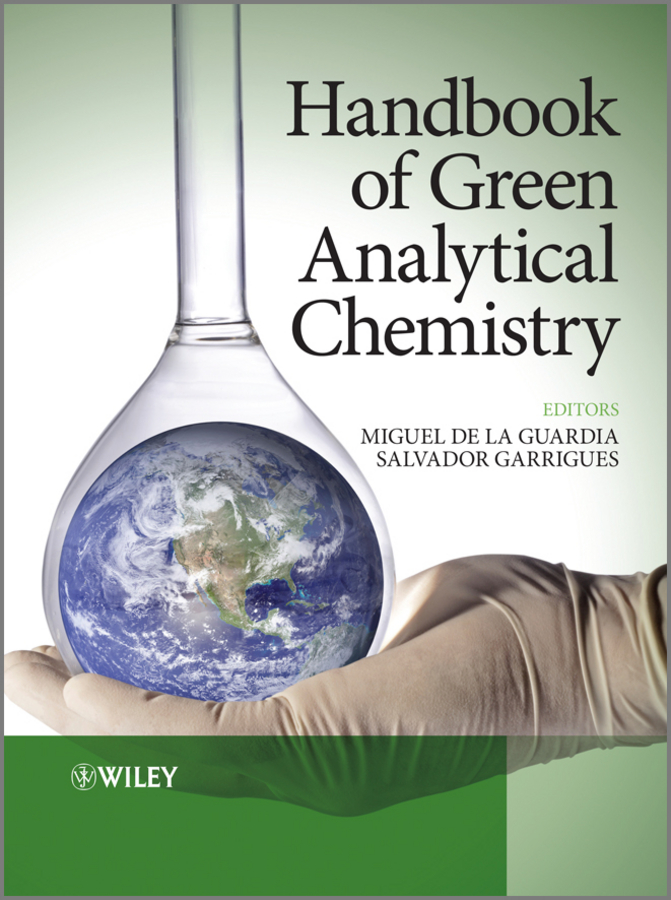Электронная книга: Miguel de la Guardia «Handbook of Green Analytical Chemistry»

|
The emerging field of green analytical chemistry is concerned with the development of analytical procedures that minimize consumption of hazardous reagents and solvents, and maximize safety for operators and the environment. In recent years there have been significant developments in methodological and technological tools to prevent and reduce the deleterious effects of analytical activities; key strategies include recycling, replacement, reduction and detoxification of reagents and solvents. The Handbook of Green Analytical Chemistry provides a comprehensive overview of the present state and recent developments in green chemical analysis. A series of detailed chapters, written by international specialists in the field, discuss the fundamental principles of green analytical chemistry and present a catalogue of tools for developing environmentally friendly analytical techniques. Topics covered include: Concepts: Fundamental principles, education, laboratory experiments and publication in green analytical chemistry. The Analytical Process: Green sampling techniques and sample preparation, direct analysis of samples, green methods for capillary electrophoresis, chromatography, atomic spectroscopy, solid phase molecular spectroscopy, derivative molecular spectroscopy and electroanalytical methods. Strategies: Energy saving, automation, miniaturization and photocatalytic treatment of laboratory wastes. Fields of Application: Green bioanalytical chemistry, biodiagnostics, environmental analysis and industrial analysis. This advanced handbook is a practical resource for experienced analytical chemists who are interested in implementing green approaches in their work. Издательство: "John Wiley&Sons Limited"
ISBN: 9781119940739 электронная книга Купить за 15375.34 руб и скачать на Litres |
Другие книги схожей тематики:
| Автор | Книга | Описание | Год | Цена | Тип книги |
|---|
См. также в других словарях:
Computational chemistry — is a branch of chemistry that uses principles of computer science to assist in solving chemical problems. It uses the results of theoretical chemistry, incorporated into efficient computer programs, to calculate the structures and properties of… … Wikipedia
Actinide — The atomic bomb dropped on Nagasaki had a plutonium charge.[1] The actinide or actinoid (IUPAC nomenclature) series encompasses the 15 metallic chemical elements with atomic numbers from 89 to 103, actinium thro … Wikipedia
Water pollution — Raw sewage and industrial waste flows across international borders New River passes from Mexicali to Calexico, California. Water pollution is the contamination of water bodies (e.g. lakes, rivers, oceans and groundwater). Water p … Wikipedia
Acid dissociation constant — Acetic acid, a weak acid, donates a proton (hydrogen ion, high … Wikipedia
Chemical imaging — (as quantitative chemical mapping) is the analytical capability to create a visual image of components distribution from simultaneous measurement of spectra and spatial, time informations.[1][2] The main idea for chemical imaging, the analyst may … Wikipedia
Technetium — molybdenum ← technetium → ruthenium Mn ↑ Tc ↓ Re … Wikipedia
